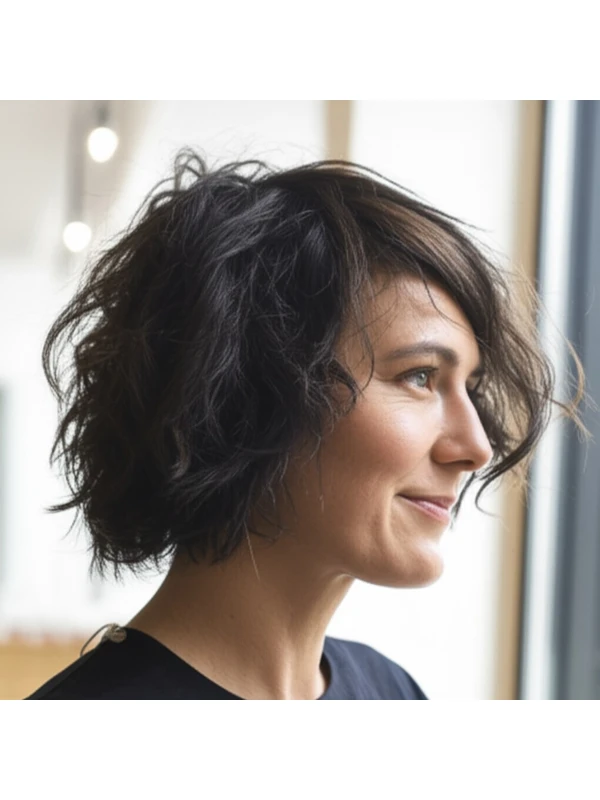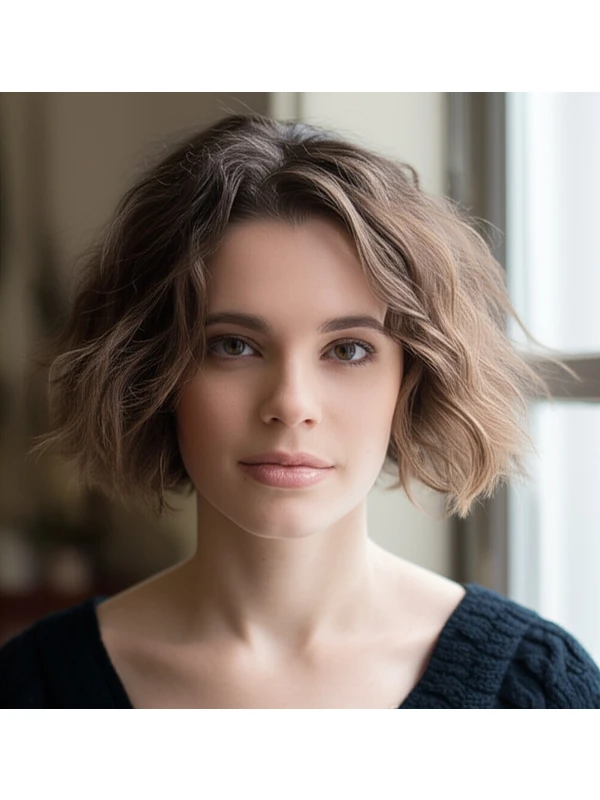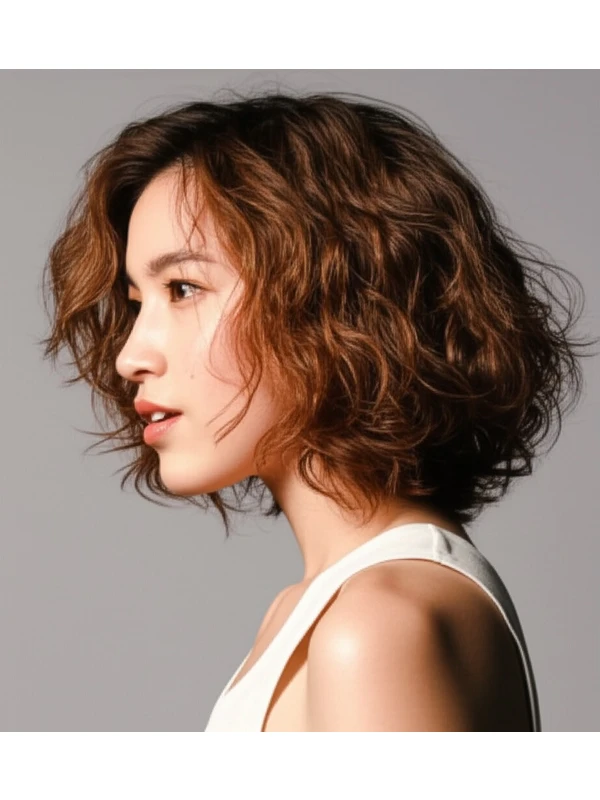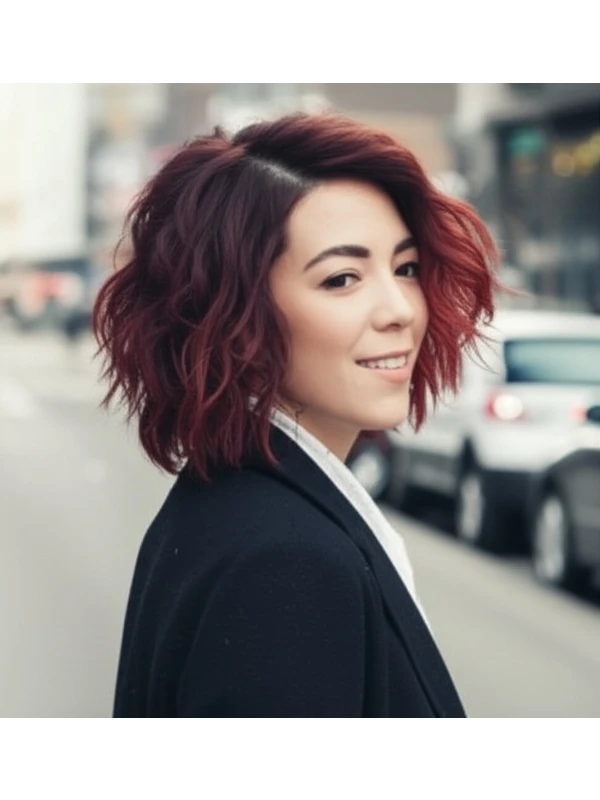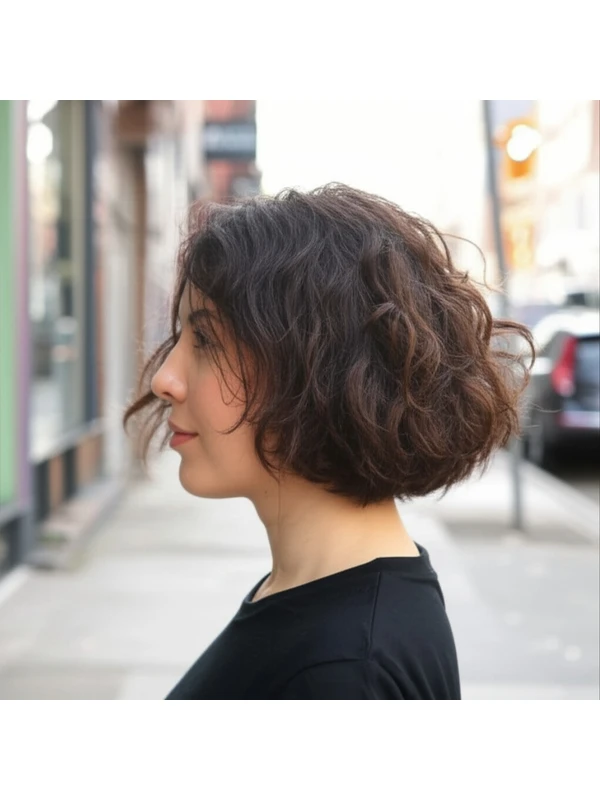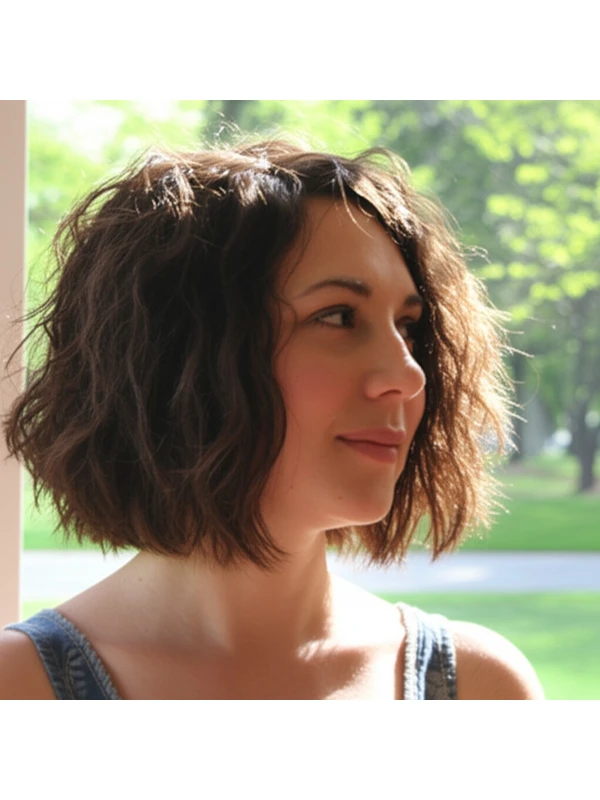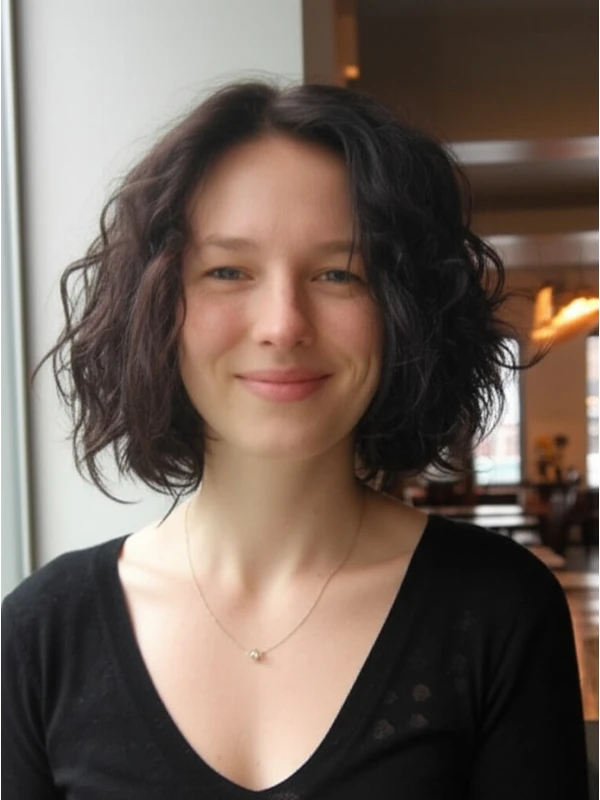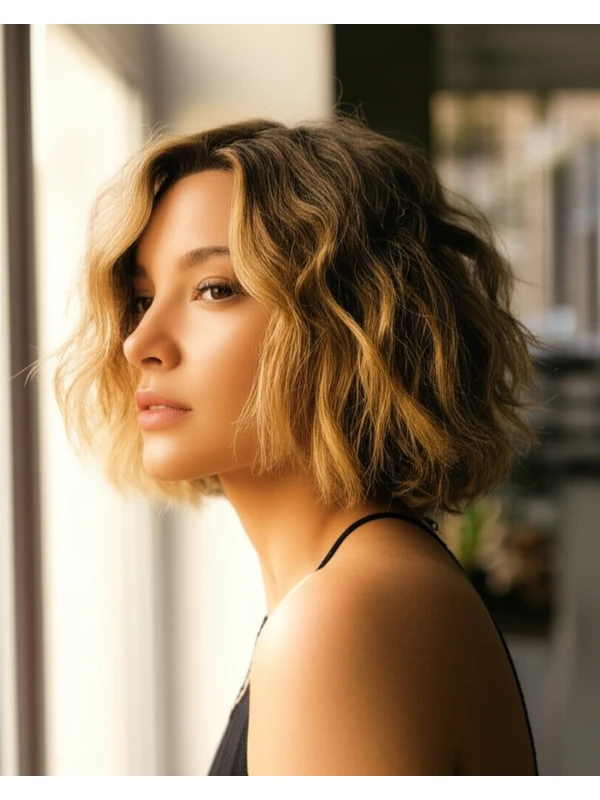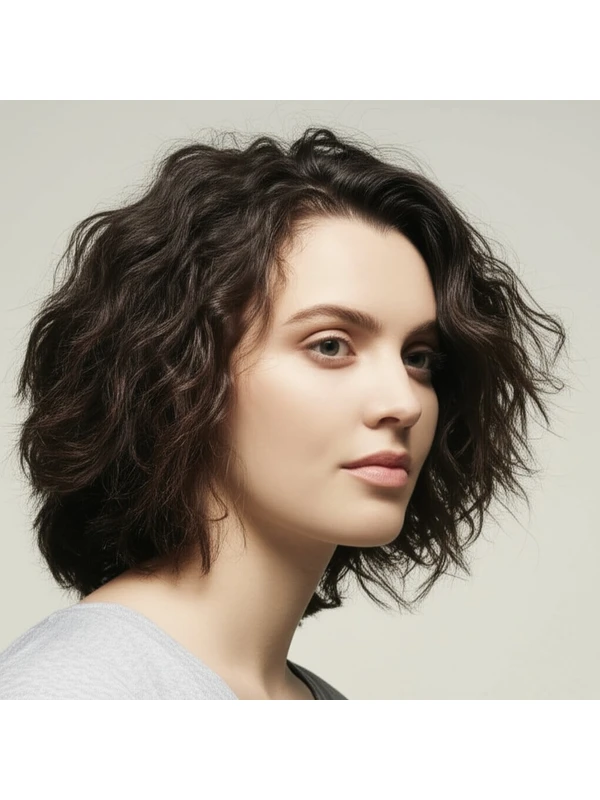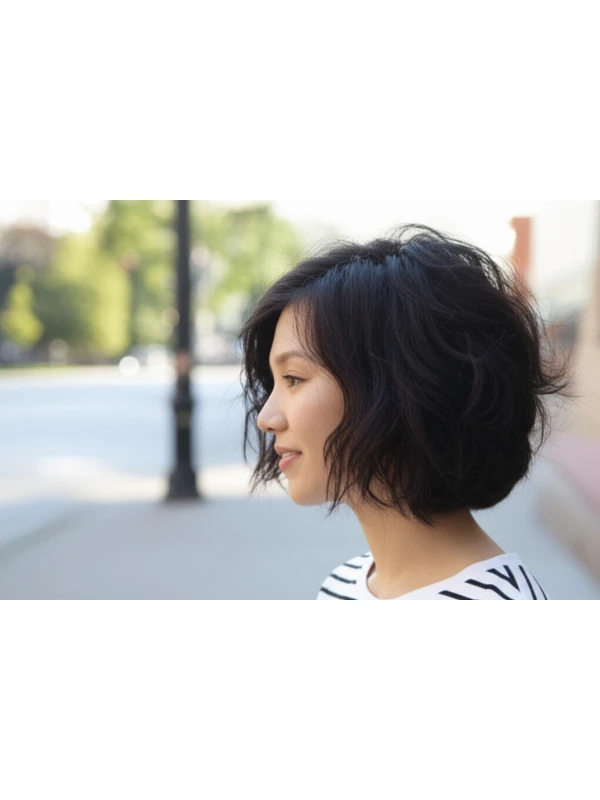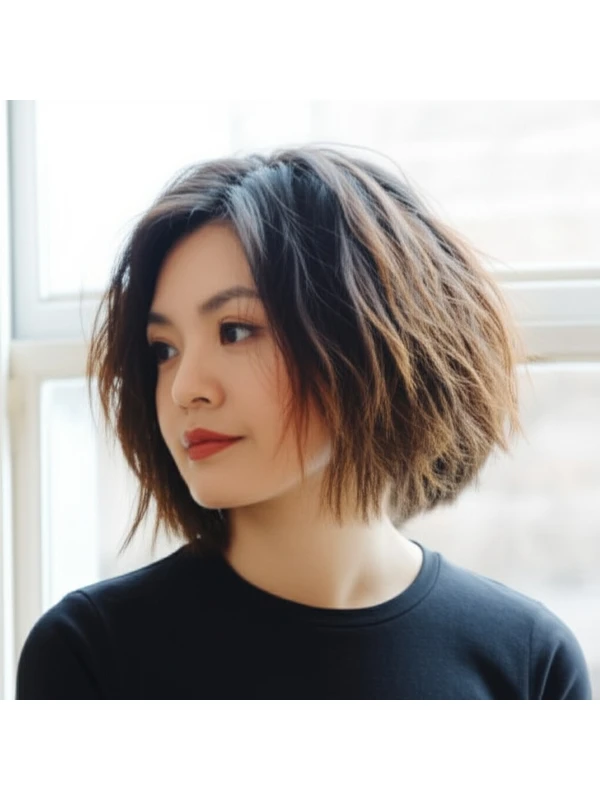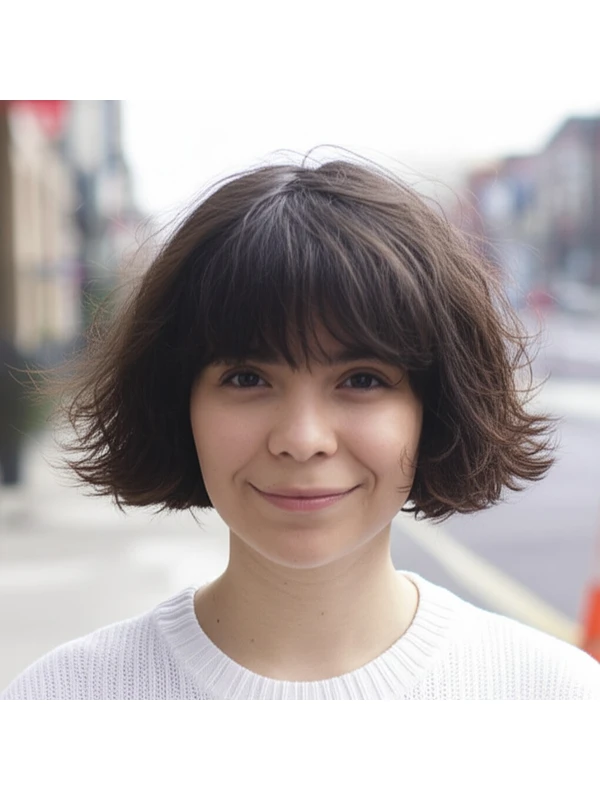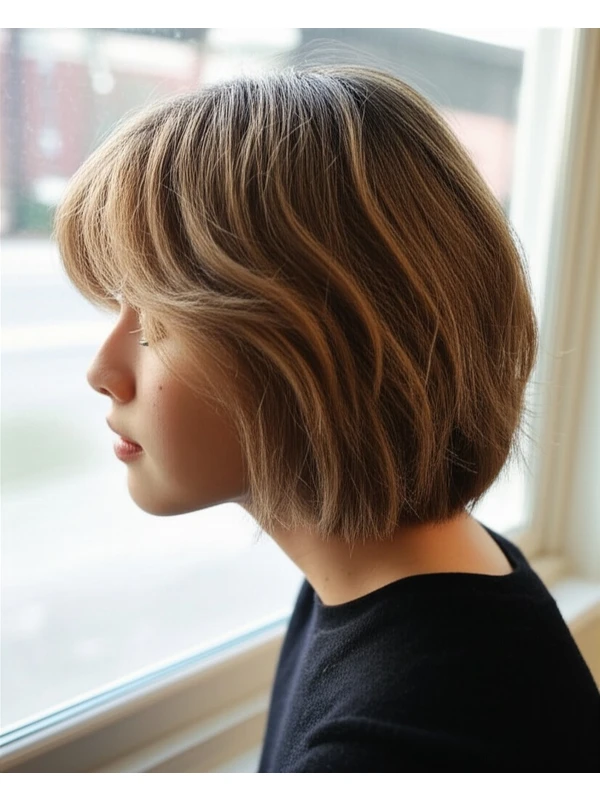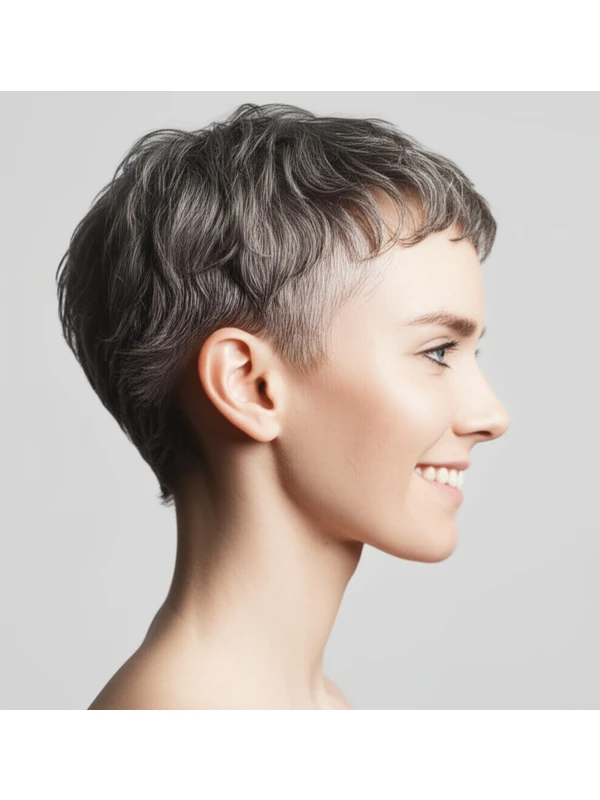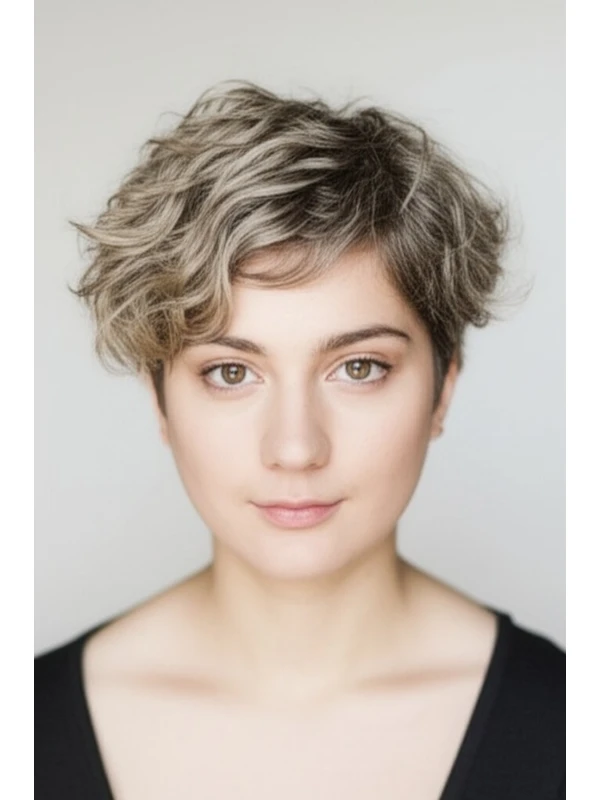#The Deva Cut: Embracing Your Natural Texture
The DevaCut isn’t just a haircut; it's an experience designed to celebrate your natural hair texture. It’s become incredibly popular for those with waves, curls, and coils seeking definition and volume. Let's dive into everything you need to know about this unique approach to hairstyling.
#1. Background & Definition: What is a DevaCut?
The DevaCut was pioneered by Devachan Salon in New York City, founded by hair stylist Lorraine Massey. The name "Deva" comes from the Sanskrit word for goddess, reflecting the philosophy of embracing natural beauty. Unlike traditional haircuts that focus on length and layers cut dry or with blunt lines, a DevaCut is performed on wet, naturally styled hair.
Key Features:
- Cutting Wet Hair: This allows stylists to see how your curls will actually fall when dry, preventing surprises later.
- Section-by-Section Cutting: The stylist cuts each curl individually, following its natural spiral or coil pattern. This creates a shape that works with, not against, the hair's texture.
- No Layers (Typically): While some variations exist (see Styling Variations), the classic DevaCut often avoids traditional layers to maximize volume and definition. Instead, it focuses on shaping the overall form of the head.
- Point Cutting: Stylists use a technique called point cutting – holding scissors vertically and snipping into the ends – which softens lines and prevents harshness.
Typical Length Ranges: DevaCuts can be done at any length! From short bobs to long, flowing styles, it's adaptable. However, they tend to shine with medium-to-long lengths (shoulder length or longer) where the curl pattern is most visible.
Alternative Names: You might hear this referred to as a "curl cut," "curly haircut," or simply a “natural hair cut.” However, while all these terms are related, a true DevaCut follows the specific wet-cutting technique developed by Devachan.
#2. Face Shape Fit: Finding Your Best Angle
The beauty of the DevaCut is its adaptability, but understanding how it interacts with your face shape can help you optimize the results.
- Oval: Lucky you! An oval face suits almost any length and volume placement in a DevaCut. A slightly off-center part adds asymmetry and interest.
- Fringe/Bang Options: Curtain bangs or wispy, face-framing pieces work beautifully.
- Round: The goal is to elongate the face. A longer DevaCut with volume at the crown (top of head) helps create vertical lines. Avoid too much fullness around the cheeks.
- Fringe/Bang Options: Side-swept bangs that angle downwards are flattering, drawing the eye diagonally across your face.
- Square: Softening angles is key. A DevaCut with a softer shape and gentle layers (if desired) can round out a square jawline.
- Fringe/Bang Options: A soft, textured fringe that blends into the rest of the hair helps to soften the angularity.
- Heart: Balance a wider forehead with volume around the chin area. A DevaCut with length below the chin will create symmetry.
- Fringe/Bang Options: Side-swept bangs or a wispy fringe can minimize a prominent forehead.
- Diamond: Show off your cheekbones! A DevaCut that frames the face and emphasizes the eyes is ideal.
- Fringe/Bang Options: A full, blunt bang (if you’re bold!) or soft, feathered bangs can highlight the eyes and soften a strong jawline.
- Oblong: Width is your focus! A DevaCut with volume at the sides creates the illusion of broader cheekbones. Avoid styles that add too much height.
- Fringe/Bang Options: A full, straight-across bang can visually shorten a long face.
#3. Body Proportions & Height Guidance
Your overall body shape and height influence how a DevaCut will look on you:
- Petite: Shorter to medium lengths work best to avoid overwhelming your frame. Too much volume at the crown can make you appear shorter.
- Average Height: Most lengths are suitable, allowing for flexibility in styling choices.
- Tall: Longer DevaCuts with plenty of movement create a balanced silhouette.
- Narrow Shoulders: Volume on top and strategically placed layers (if desired) can broaden the shoulders visually.
- Broad Shoulders: Avoid excessive volume at the shoulder line, as this can accentuate their width. Focus on creating height at the crown instead.
- Short Neck: Medium to longer lengths are generally more flattering than very short styles, which can emphasize a shorter neck.
#4. Works Best With Hair Types & Densities
The DevaCut shines with textured hair but requires some considerations:
- Hair Types:
- Wavy (2A-2C): DevaCuts are fantastic for defining waves and eliminating frizz.
- Curly (3A-3C): This is where the DevaCut truly excels, enhancing curl clumps and volume.
- Coily (4A-4C): While possible, a DevaCut on coily hair requires an experienced stylist who understands coil patterns and shrinkage.
- Hair Densities:
- Fine Hair: The DevaCut can create the illusion of more volume, but avoid overly heavy products that weigh it down.
- Medium Hair: The cut will enhance your natural texture beautifully.
- Thick Hair: A skilled stylist will ensure even distribution and prevent a bulky look.
- Shrinkage: Curls and coils can shrink significantly when dry (often 50-75%!). Your stylist must account for this during the cut, so be sure to communicate your shrinkage factor.
#5. Styling Variations: From Sleek to Textured
The DevaCut is a foundation; you control the final look!
- Sleek vs. Textured: A sleek style uses smoothing products and minimal manipulation. A textured style embraces natural frizz and definition, often involving scrunching or plopping techniques.
- Middle vs. Side Part: Experiment with both to see what suits your face shape best.
- Fringe Variations: Curtain bangs, wispy bangs, blunt bangs – the possibilities are endless!
- Occasion Styling: A casual look might involve a quick scrunch and air-dry. For an evening out, add shine serum and define curls with a diffuser.
#6. Maintenance: Keeping Your Curls Happy
- Trim Cadence: Every 8–12 weeks to maintain shape and prevent split ends.
- At-Home Routine: Focus on hydration! Deep condition weekly or bi-weekly.
- Heat vs. Air-Dry: Minimize heat styling to preserve curl integrity. If you do use heat, always apply a heat protectant.
- Product Checklist:
- Sulfate-free shampoo & conditioner (for moisture)
- Leave-in conditioner (essential for hydration and detangling)
- Curl cream or gel (to define curls/coils)
- Finishing oil or serum (for shine and frizz control)
- Estimated Daily Styling Time: 15-30 minutes, depending on hair length and desired style.
#7. Grow-Out Roadmap: Evolving with Your Hair
- Months 1-3: The shape is most defined. Regular trims are crucial to maintain the overall form.
- Months 3-6: As your hair grows longer, you might notice some loss of definition or a slightly heavier feel. Communicate this to your stylist at your next trim.
- Maintaining Shape: Between cuts, focus on hydration and gentle styling techniques.
#8. Color Pairings: Enhancing Your Curls
- Cool Undertones (pink, blue, violet): These can create a beautiful contrast with warm-toned curls.
- Warm Undertones (gold, copper, caramel): Enhance the natural warmth of your hair color.
- Low-Commitment Options: Balayage or highlights add dimension without a drastic change.
#9. Season & Occasion Guide
- Spring/Summer: Lighter styling products and air-drying are ideal for warm weather. Consider face-framing highlights to brighten your look.
- Fall/Winter: Richer, more moisturizing products can combat dryness. Add a deep conditioning treatment regularly.
- Work: A sleek, defined style projects professionalism.
- Weddings/Parties: Embrace volume and texture for a glamorous look!
#10. Cost & Time
- Salon Time: Typically 1.5 – 3 hours, depending on hair length and complexity.
- Price Range: Expect to pay more than a standard haircut—it’s considered a specialty service. It's likely in the higher-end of your salon's price list.
#11. Pros & Cons
Pros:
- Celebrates natural texture
- Reduces frizz and enhances definition
- Creates volume and shape
- Can be adapted to various lengths and face shapes
Cons:
- Requires a skilled stylist specializing in DevaCuts
- Can be more expensive than traditional haircuts
- Grow-out can require patience if the initial cut isn't perfect
#12. Salon Consultation Script: Questions to Ask Your Stylist
Prepare for your appointment with these questions:
- "Do you specialize in DevaCuts and textured hair?"
- “Can you show me examples of your work on different curl types?”
- "How will you account for my hair's shrinkage during the cut?"
- "What styling products do you recommend for my hair type and desired look?"
- “What is your philosophy regarding layers with a DevaCut? Should we incorporate them, or avoid them entirely?”
#FAQs
- Can I get a DevaCut if I don’t have “curly” hair? Yes! The technique works well on wavy hair too.
- What if my curls are uneven? A skilled stylist can work with your natural curl pattern, even if it's not perfectly uniform.
- Is a DevaCut permanent? No! It’s just a haircut – you can always change it later.
- Can I do a DevaCut on relaxed hair? While possible, the results may be less dramatic and require more maintenance to prevent reversion.
- How is this different from other curly haircuts? The wet-cutting technique is what sets it apart. Other curly cuts might be done dry or with different sectioning techniques.
- What if I don't like the cut after it’s done? Communicate your concerns to your stylist immediately. They can often adjust the shape slightly.
